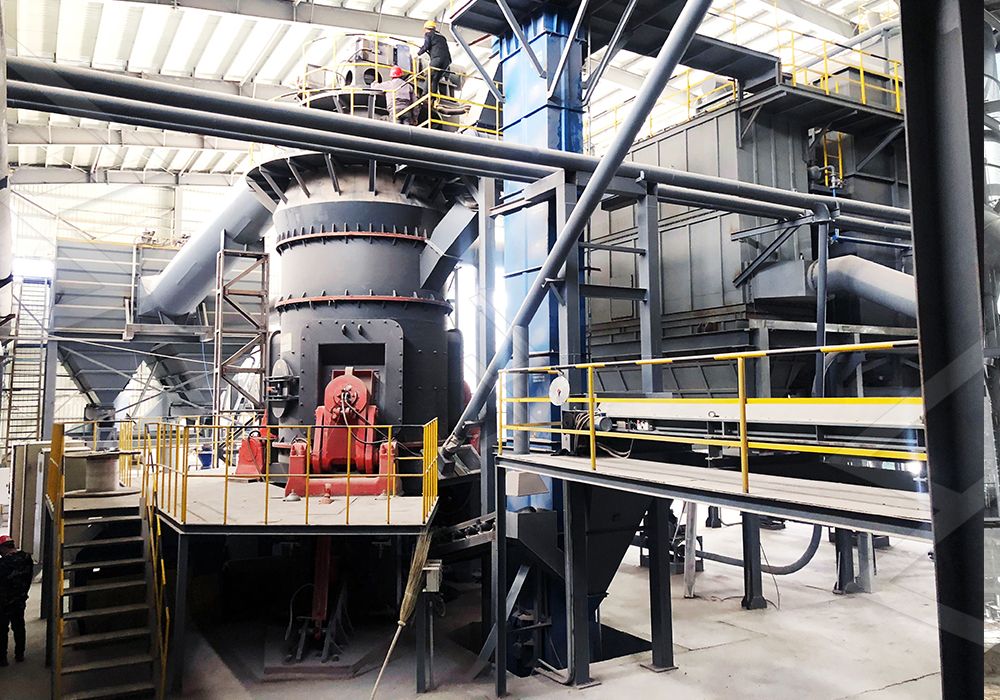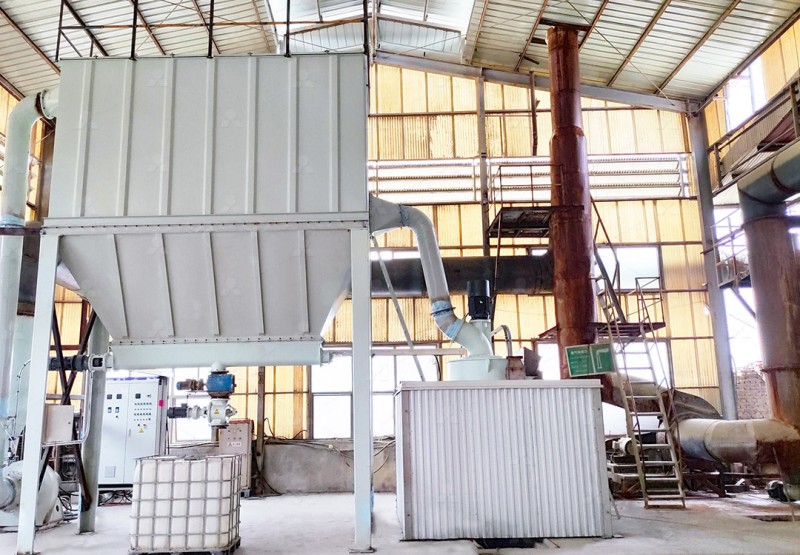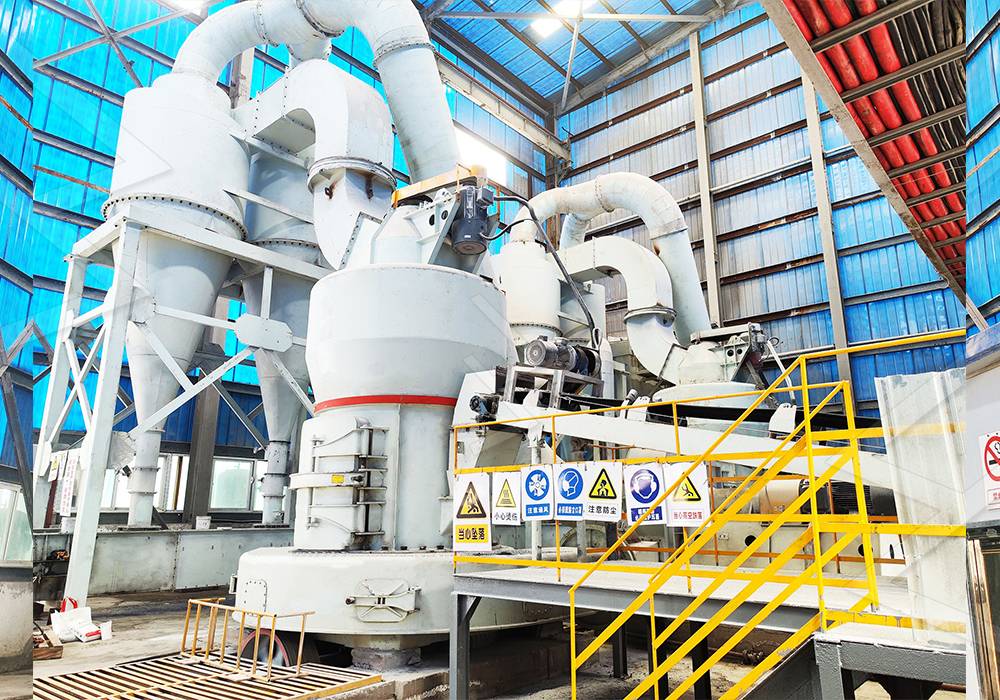How Much Does a Coal Grinding Mill Machine Cost?
Understanding the Investment in Coal Grinding Equipment
When considering the purchase of a coal grinding mill, the first question that typically comes to mind is: “How much will it cost?” The answer isn’t straightforward, as the price of coal grinding equipment varies significantly based on capacity, technological features, and specific operational requirements. A basic Raymond mill might start around $50,000, while advanced vertical grinding systems can exceed $500,000 for large-scale operations.

The total investment extends beyond the initial equipment purchase. Factors like installation costs, auxiliary equipment, and long-term operational expenses must be considered. More efficient systems often command higher upfront prices but deliver substantial savings through reduced energy consumption and maintenance requirements over their operational lifespan.
Key Factors Influencing Coal Grinding Mill Pricing
Several elements significantly impact the final cost of a coal grinding mill:
- Capacity Requirements: Production capacity needs, measured in tons per hour (tph), directly affect pricing. Higher capacity machines require more robust construction and larger components.
- Fineness Specifications: The required particle size distribution influences the complexity of the grinding and separation systems needed.
- Technological Features: Advanced automation, precision controls, and specialized materials increase costs but enhance performance.
- Environmental Compliance: Integrated dust collection and noise reduction systems add to the initial investment but are essential for modern operations.
Our Recommended Solution: MW Ultrafine Grinding Mill
For operations requiring efficient coal processing with minimal environmental impact, our MW Ultrafine Grinding Mill represents an excellent balance of performance and value. This advanced system handles input sizes of 0-20 mm with capacities ranging from 0.5 to 25 tph, making it suitable for various production scales.

The MW series stands out through its innovative design that eliminates rolling bearings and screws within the grinding chamber, significantly reducing maintenance concerns and potential failure points. The external lubrication system enables continuous 24-hour operation without shutdowns for maintenance, maximizing productivity.
Economic Advantages of Modern Grinding Technology
Contemporary grinding mills like our MW series deliver substantial operational savings that offset their initial investment. Compared to traditional ball mills, the MW Ultrafine Grinding Mill achieves 40% higher production capacity with the same power consumption, while reducing system energy usage to just 30% of jet grinding mills.
The adjustable fineness between 325-2500 meshes, achieved through German cage-type powder selector technology, provides exceptional flexibility for different application requirements. This versatility means a single machine can often replace multiple specialized units, further improving return on investment.
Long-Term Value Considerations
When evaluating coal grinding mill costs, consider the total cost of ownership rather than just the purchase price. Our MW series incorporates durable construction with digitalized processing for higher precision, ensuring extended service life and consistent performance. The efficient pulse dust collector and muffler system maintains compliance with environmental standards while minimizing operational disruptions.

For operations requiring even higher capacity with exceptional stability, our LUM Ultrafine Vertical Grinding Mill offers another premium option. With input sizes of 0-10 mm and capacity of 5-18 tph, it features double position-limiting technology for stable operation and reversible structure for easier maintenance.
Frequently Asked Questions
What is the typical lifespan of a coal grinding mill?
With proper maintenance, our grinding mills typically operate for 15-20 years. The MW series specifically features wear-resistant components and no internal bearings in the grinding chamber, extending service life significantly.
How does mill efficiency impact operating costs?
Higher efficiency mills like the MW series reduce energy consumption by 30-50% compared to conventional equipment, representing substantial savings in electricity costs over the equipment’s lifespan.
What auxiliary equipment is necessary for complete operation?
A complete system typically includes feeding equipment, dust collection systems, and electrical controls. Our mills come with integrated pulse dust collectors and can be supplied with matching auxiliary equipment.
How quickly can I expect return on investment?
Most operations see ROI within 18-36 months through energy savings, reduced maintenance costs, and increased production capacity compared to older equipment.
